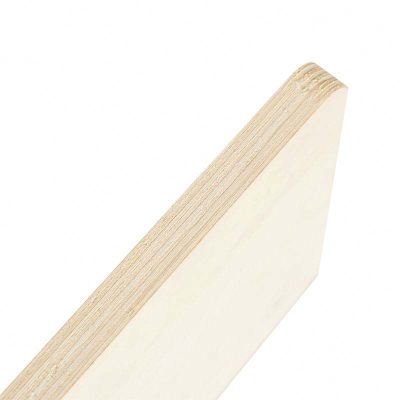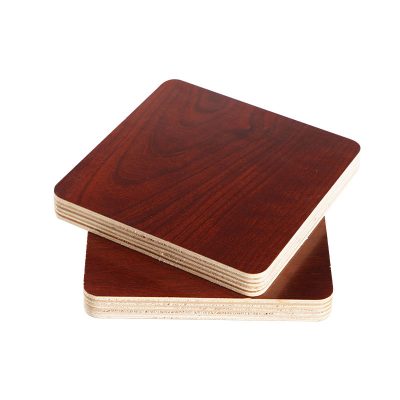Waterproofing plywood edges is important, especially in applications where the plywood is exposed to moisture or weather conditions. The edges of plywood are particularly vulnerable to water penetration, and sealing them properly helps prevent swelling, delamination, and damage over time. Here are steps to waterproof plywood edges:
Materials and Tools Needed:
- Waterproofing Sealant:
- Choose a waterproofing sealant suitable for wood. Products like marine-grade sealants, polyurethane sealants, or outdoor wood sealers are commonly used.
- Paintbrush or Roller:
- A paintbrush or roller will be used to apply the waterproofing sealant to the edges.
- Sandpaper:
- Sand the edges of the plywood to create a smooth surface for better adhesion of the sealant.
- Clean Cloth:
- Use a clean cloth to wipe away any dust or debris from the sanded edges.

- Use a clean cloth to wipe away any dust or debris from the sanded edges.
Steps to waterproof plywood edges:
- Sand the Edges:
- Use sandpaper to smooth the edges of the plywood. This not only helps create a clean surface for the sealant but also ensures better adhesion.
- Clean the Edges:
- Wipe away any dust or debris from the sanded edges using a clean cloth. The surface should be clean and dry before applying the sealant.
- Select the Waterproofing Sealant:
- Choose a waterproofing sealant appropriate for the intended use and environmental conditions. Marine-grade sealants are ideal for applications exposed to water, such as boat construction or outdoor furniture.
- Apply the Sealant:
- Using a paintbrush or roller, apply a generous coat of the waterproofing sealant to the edges of the plywood. Ensure that the entire edge is covered, and pay extra attention to any cut edges or exposed end grain.
- Allow Drying:
- Follow the manufacturer’s instructions regarding drying time. Allow the sealant to dry thoroughly between coats if multiple coats are recommended.
- Apply Additional Coats (if needed):
- Depending on the product, you may need to apply multiple coats for maximum effectiveness. Follow the recommended number of coats and drying times specified by the sealant manufacturer.
- Sand between Coats (if recommended):
- Some sealants may recommend lightly sanding between coats for better adhesion. Follow the manufacturer’s guidelines.
- Inspect and Touch Up:
- After the sealant has dried, inspect the edges for any missed spots or areas that may need additional attention. Touch up as necessary.
- Seal Other Exposed Edges (optional):
- If other edges of the plywood will be exposed to moisture, consider applying the waterproofing sealant to those edges as well.
- Allow Full Cure:
- Allow the sealant to fully cure before subjecting the plywood to moisture or other weather conditions. Follow the recommended curing time provided by the sealant manufacturer.
Properly waterproofing plywood edges is crucial for maintaining the integrity and longevity of the material, especially in outdoor or marine applications. Always follow the specific instructions provided by the chosen waterproofing sealant for the best results.

